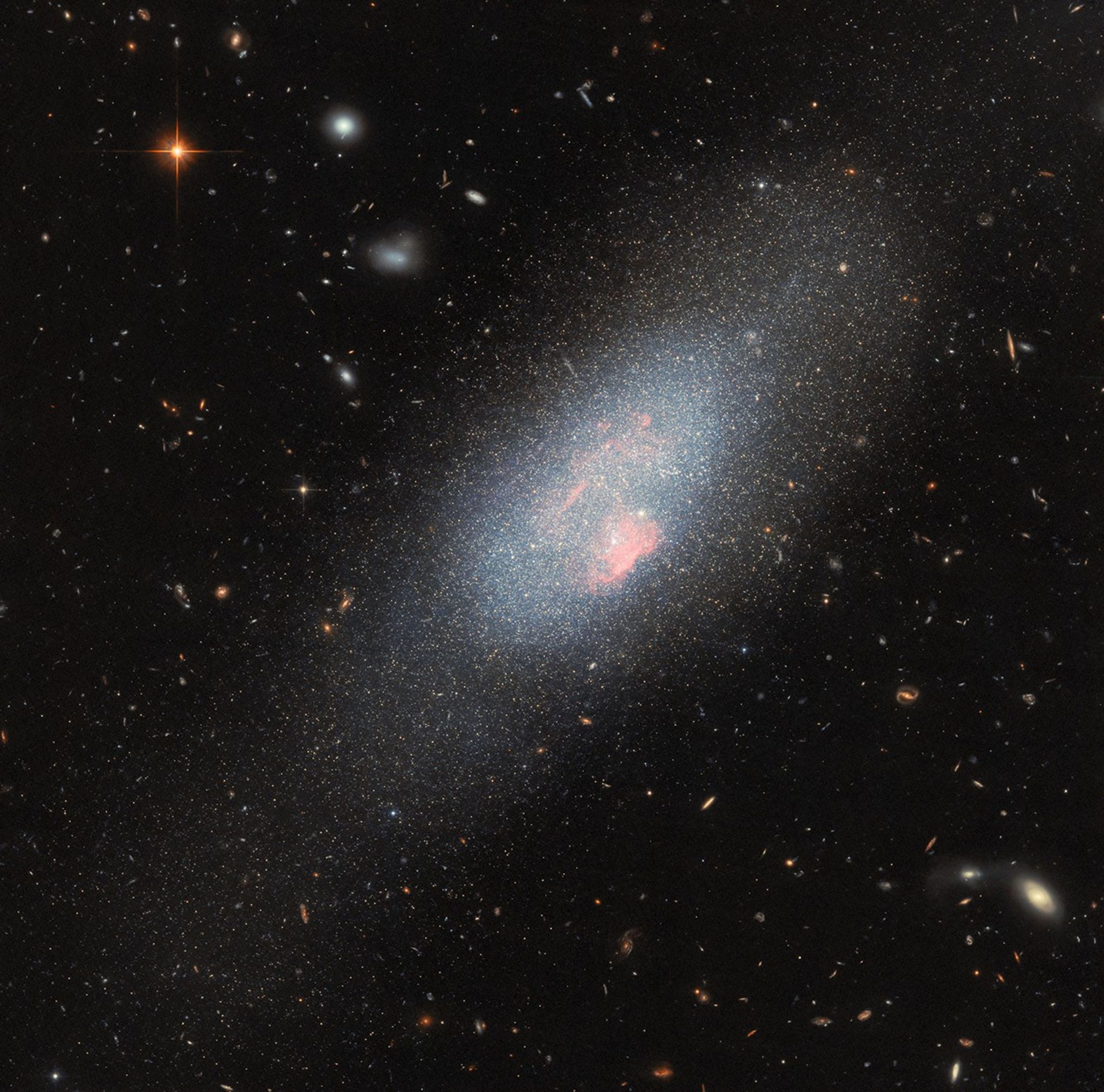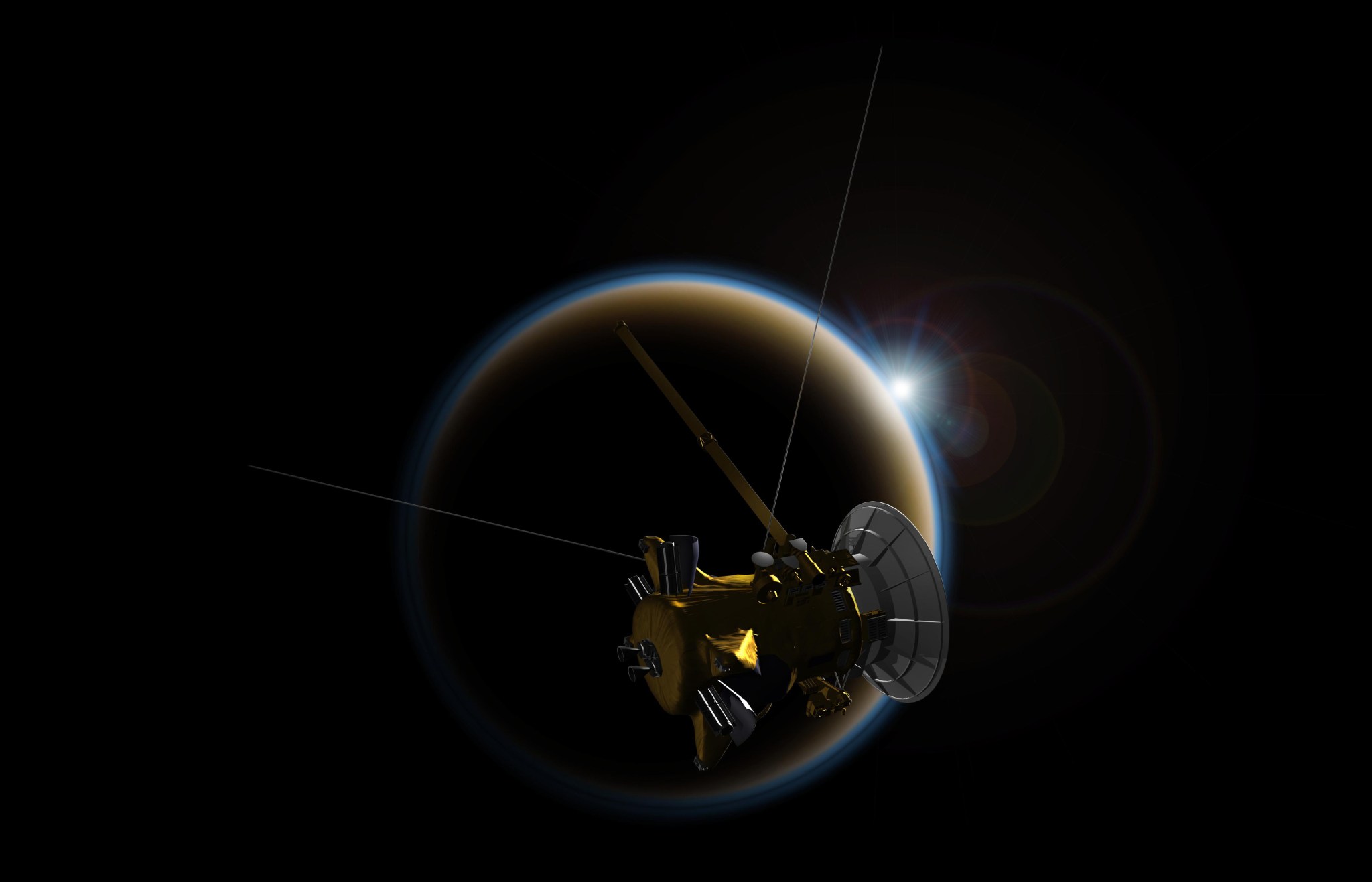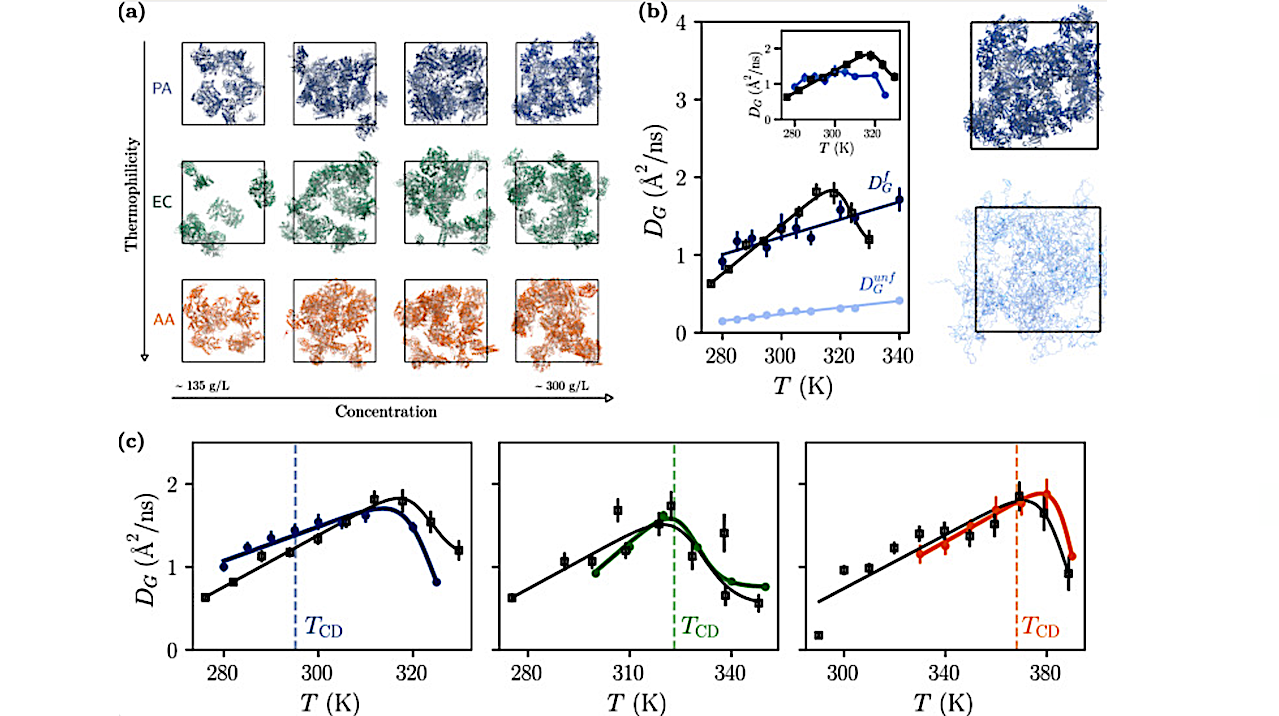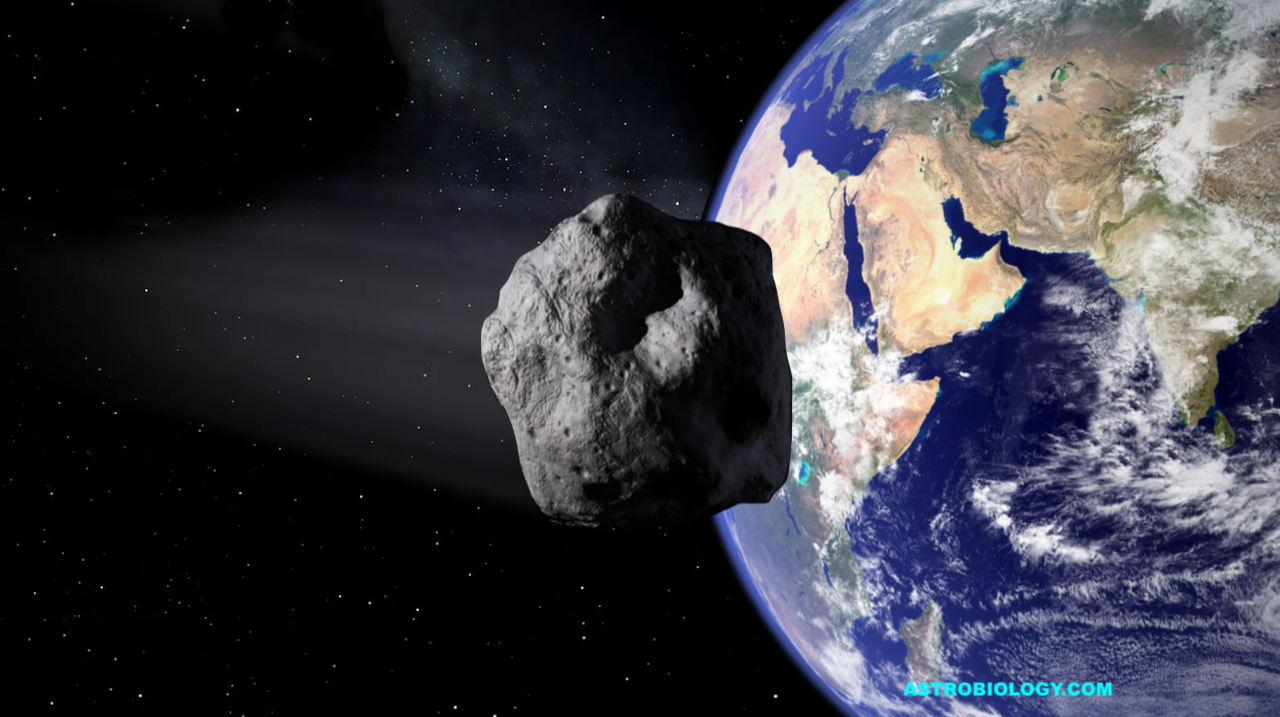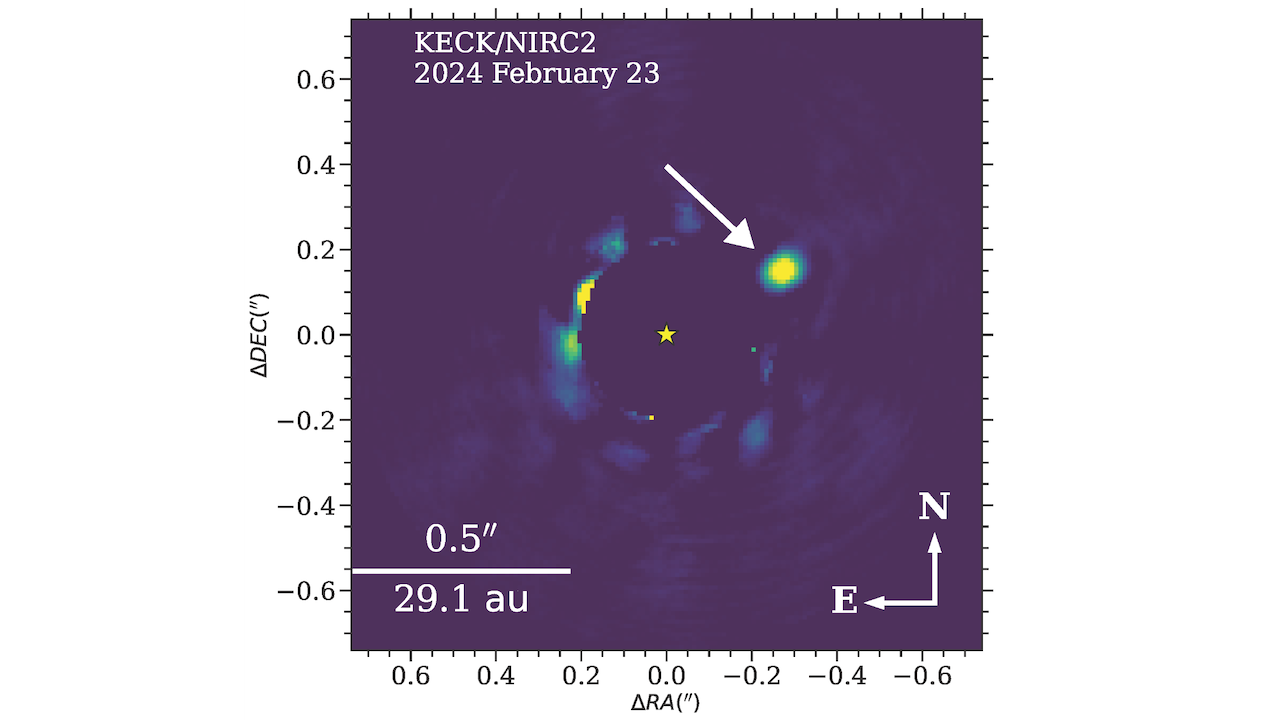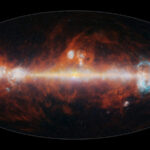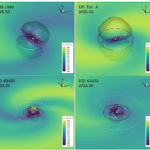This NASA/ESA Hubble Space Telescope image features the blue dwarf galaxy Markarian 178 (Mrk 178) against a backdrop of distant galaxies in all shapes and sizes. Some of these distant
2 min read Preparations for Next Moonwalk Simulations Underway (and Underwater) Dual Propulsion Experiment (DUPLEX) deploys from the International Space Station December 2, 2025. NASA NASA is working with commercial
6 Min Read NASA’s Push Toward Commercial Space Communications Gains Momentum An artist’s concept of a near-Earth satellite relay constellation. Credits: NASA/Chase Leidy NASA’s commercial partners are actively demonstrating next-generation
6 min read Preparations for Next Moonwalk Simulations Underway (and Underwater) This artist’s concept depicts NASA’s Cassini spacecraft performing one of its many close flybys of Titan, Saturn’s largest moon.
By USGS Landsat Missions The U.S. Geological Survey, in cooperation with NASA, has named the new Landsat Science Team that will support the world’s longest-running Earth observation mission for a planned
As we head towards the end of 2025, it barely seems like five minutes ago that it was June and I was in the Royal Astronomical Society, signing the contract
In this episode of Space Minds, host Mike Gruss moderates a timely panel discussion at the Spacepower conference on how commercial space capabilities are reshaping national security, civil
Representation of the molecular systems simulated by MD of PA (blue), EC (green) and AA(red) proteins at varying concentration. — Nature Communications via PubMed Protein diffusion, critical for cellular metabolism,
A looming planetary impact — Astrobiology.com Planetary impact events have profoundly influenced the origin of life and the habitability of Earth in both constructive and destructive ways. The constructive effects
A Rare Brown Dwarf: HIP 71618 B A New Giant Planet: HIP 54515 b — W. M. Keck Observatory and the Subaru Telescope. Astronomers using W. M. Keck
-
 01From Polymerization-Enabled Folding and Assembly to Chemical Evolution: Key Processes for Emergence of Functional Polymers in the Origin of Life
01From Polymerization-Enabled Folding and Assembly to Chemical Evolution: Key Processes for Emergence of Functional Polymers in the Origin of Life -
 02Panasonic Leica Summilux DG 15mm f/1.7 ASPH review
02Panasonic Leica Summilux DG 15mm f/1.7 ASPH review -
 03Two Black Holes Observed Circling Each Other for the First Time
03Two Black Holes Observed Circling Each Other for the First Time -
 04How New NASA, India Earth Satellite NISAR Will See Earth
04How New NASA, India Earth Satellite NISAR Will See Earth -
 05And Thus Begins A New Year For Life On Earth
05And Thus Begins A New Year For Life On Earth -
 06Astronomy Activation Ambassadors: A New Era
06Astronomy Activation Ambassadors: A New Era -
07SpaceX launch surge helps set new global launch record in 2024


